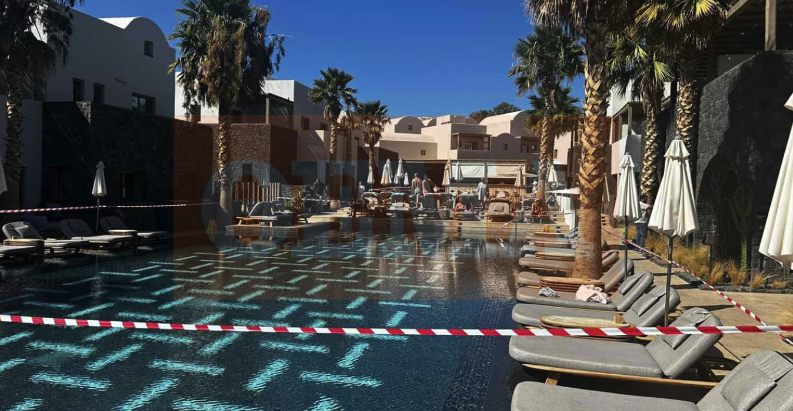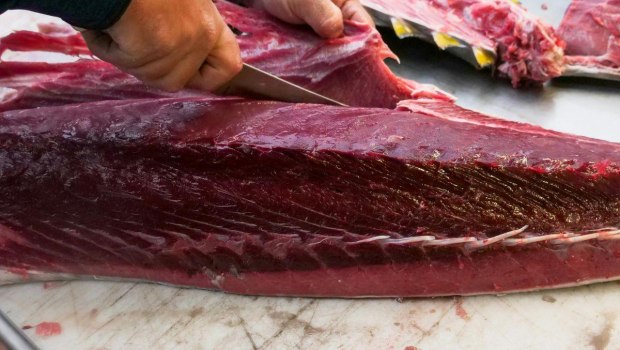Maritime tourism: The Superfund “plots a route” for ports and marinas
Source: Tornos News
A comprehensive plan for the development of Greek ports and marinas is being launched by the Hellenic Corporation of Assets and Participations (HCAP), with the aim of turning maritime tourism into a strong investment pillar and a tool for regional development. The initiative is part of the strategic restructuring of the maritime portfolio acquired by the Fund from HRADF, and it is expected to serve as a “compass” for the next generation of coastal infrastructure in the country.
From management to active development
The first step includes hiring a strategic development advisor, who will undertake the mapping of the current situation, the assessment of the economic value of existing marinas, and the formation of proposals for new investments. The project, with a four-month duration and a budget of €400,000, aims at drafting a full development plan for the “Maritime Portfolio” — the portfolio that will consolidate the state’s port and tourism-related assets.
This new strategy marks a shift in philosophy: from the simple exploitation of existing marinas to the targeted development of new tourist ports, with a focus on Attica and high-traffic islands. The advisor will also propose new licenses for the establishment of marinas and shelters, as well as a prioritization of projects capable of attracting immediate private capital.
Infrastructure deficit, geographical advantage
Greece, with 13,000 kilometers of coastline, still significantly lags behind its Mediterranean competitors. It has only 61 marinas and approximately 15,000 berths, while Italy offers 961 marinas with 181,000 berths and Spain 370 marinas with over 130,000 berths. Turkey, with 80 organized marinas, has already become a strong yachting hub in the Eastern Mediterranean.
According to recent studies by the Greek Marinas Association and ICAP, the country needs at least 3,000 new berths within the next five years to meet soaring demand. The addition of 10 new marinas by 2030 will offer 2,300 extra berths, but still won’t fully cover the existing shortfall.
High value-added investments
The creation or upgrade of a marina is considered a high-return investment. For every €1 spent per berth, about €6 of economic activity is generated, while the tourist spending of marina visitors is five times higher than that of traditional hotel guests. Moreover, every 100 berths create 6 direct and 100 indirect jobs, significantly boosting the local economy.
Attica is the main hub of maritime tourism, attracting nearly 40% of all recreational vessels approaching the country. It is also home to the most iconic marinas in the Greek market: Flisvos (Lamda Development), with a turnover exceeding €100 million, Astir Marina and Lavrio Marina under the Prokopiou Group, Zea Marina (CVC Capital), Alimos Marina (Ellaktor), and Agios Kosmas Marina in Elliniko (Lamda), where a €25 million investment is underway.
Opportunity on the waves
In parallel with HCAP’s plan, the Ministry of Tourism is implementing the “Tourist Ports Upgrade” program, totaling €150 million, funded by the Recovery and Resilience Facility. It aims to improve infrastructure, upgrade facilities, and enhance energy efficiency in marinas and boat shelters.
Three flagship projects are already in focus:
Alimos Marina, implemented by Ellaktor with a €100 million investment, includes 1,100 berths and new commercial infrastructure.
Rhodes Marina, undergoing a major upgrade to become a yachting hub in the Southeastern Mediterranean.
Pylos Marina, connected with the Costa Navarino tourism developments, being upgraded to a high-standard facility for vessels up to 60 meters.
These projects act as forerunners of a new wave of private investment in maritime tourism, laying the groundwork for a more competitive marina network that connects mainland and island Greece.
The new maritime “bet”
HCAP aims to act as an institutional accelerator for the country’s transition to a more mature, organized, and competitive maritime tourism model. The port and marina development strategy is expected to complement ongoing investments in infrastructure, regional airports, and logistics projects, creating a unified network of tourist mobility.
In practice, HCAP’s plan aspires to reposition Greece on the map of yachting and maritime real estate by leveraging its comparative advantage: its geography. Given that the country has 20% of the Mediterranean coastline but only 2% of the available berths, the equation is clear — and the development potential is vast.
The original article: belongs to Tornos News .




